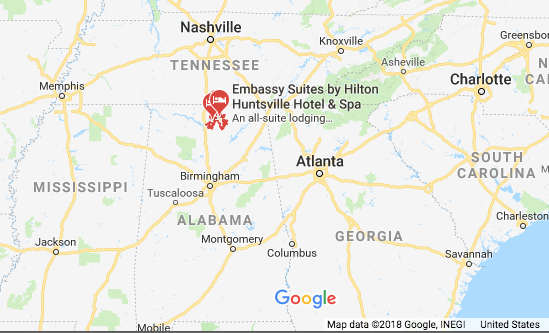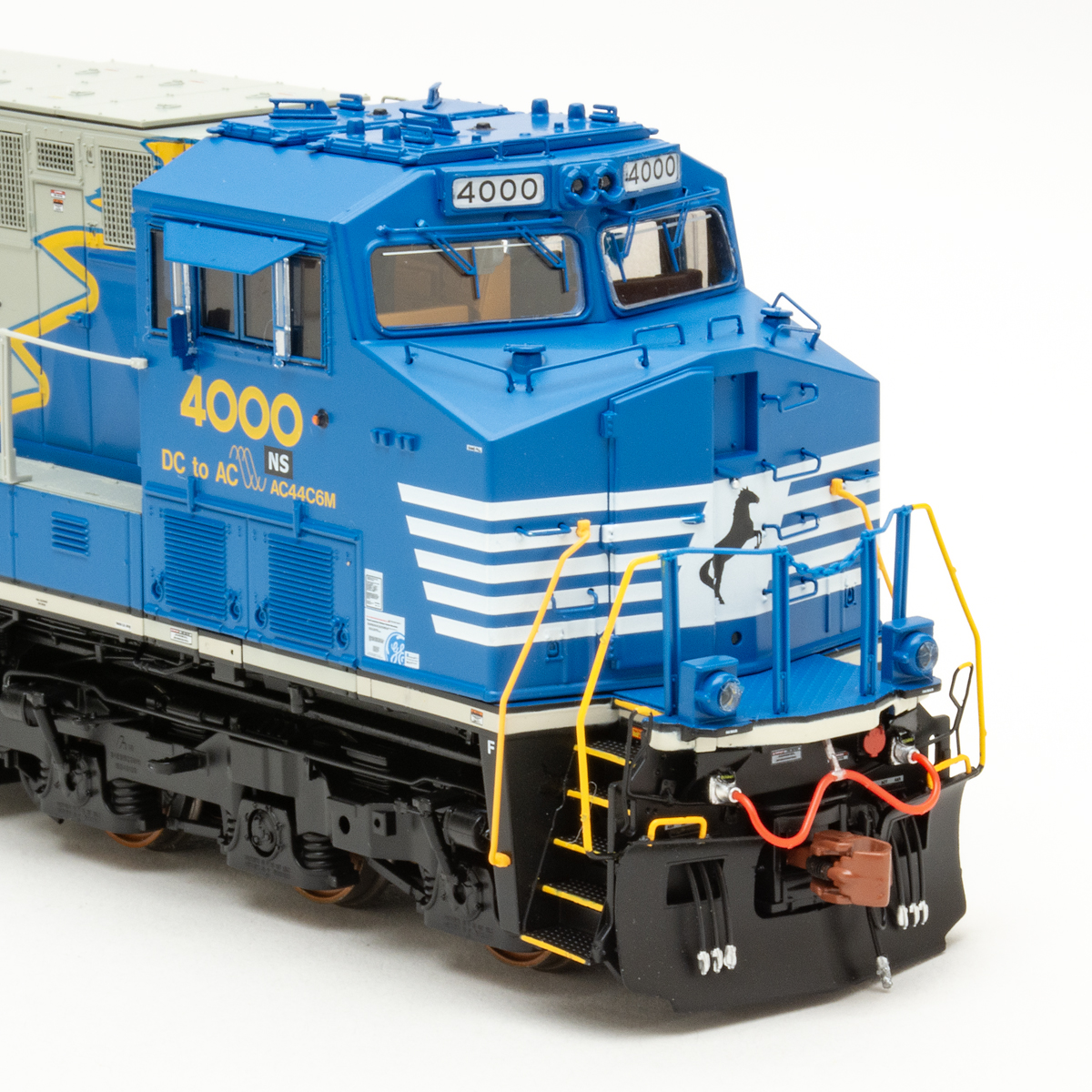The plant will be built in Huntsville, Ala., Toyota and Mazda officials announced on Jan. 10. The $1.6-billion plant, to be located along the NS Memphis East Line, will produce the Toyota Corolla and a Mazda crossover model that has yet to be introduced, the companies said.
The plant will employ 4,000 people and have the capacity to build 300,000 vehicles annually. It will be located just 14 miles from Toyota’s engine plant in Huntsville, which churns out 700,000 engines per year.
“Norfolk Southern’s Industrial Development team provided technical expertise to communities across several states on our network in their efforts to compete for this project. This included helping to identify suitable rail-served sites,” railroad representative Jonathan Glass says. “In Alabama, NS’ Industrial Development team worked extensively with state and Huntsville economic development agencies to provide technical expertise on site development for a rail-served project of this magnitude.”
NS serves 26 auto assembly plants, 35 auto distribution facilities, three Just-In-Time rail centers, and four service hubs.















Good for NS.
I worked at and retired from the non-union SIA plant in Lafayette Indiana. I knew people who came from unionized plants (UAW) and the tradeoff did not sound good. A buck or so more per hour, but then pay union dues-no thanks. There were times when our management had their heads up their butts and made poor decisions, but this seems to happen in unionized plants as well. We had the UAW try to get in, the were rejected by an overwhelming margin. The unions have been useful, and still are in some occupations (I sure wouldn’t want to work in a coal mine without a union) but in a modern auto plant there did not seem to be much use for another layer of bureaucracy. It may be different in the rail industry.
PR
@Landey. Exactly!!! Like I said “Not that there’s anything wrong with that” lots of ways to interpret or misinterpret a sentence huh?
I had a very good friend of the family that ran trains over this line during the sixties, seventies and eighties. He is gone now, but I think he would be proud if he were still here to see it.
Wow! Over a thousand vehicles for every business day in the year… that is a lot of supplies in, a busy production floor, and lots of trains out.
PAUL E VINSON This line through Huntsville was (unfortunately) one of the railroads that kept the Confederacy going as long as it did. Whoever built this line before the Civil War was decades ahead of his time is seeing the need for east-west rail in the south.
BRITT REID – I don’t know how pay and benefits compare as between union plants and non-union plants. I do not that workers in the non-union plants (a) work there voluntarily – they aren’t forced to work there; and (b) 60 to 75% of them don’t want unions. How is it that Alabama has so many new major new plants (Airbus, Mercedes)? They must be doing something right. It’s not just the south. Nonunion plants have been surging in Indiana and Ohio. My wife and I toured the non-union plant in northern Indiana where one of our cars was built. As far as I could see, none of the workers were kept in chains. And although northern Indiana is the North, UAW organizers haven’t gotten anywhere near this plant, they know the workers would tell them to get lost. and not come back Oh, by the way, what happened to the diesel locomotive plants organized by the electrical workers (Erie), by UAW (LaGrange), and by Unifor (London)? All three closed.
@Norton also, lower pay, right to work and no unions.not that there’s anything wrong with that!
Good info, Paul. Thanks.
This is what low taxes, a welcoming and friendly business environment foster.
Congratulations to Norfolk Southern and the City of Huntsville!
The NS Memphis East Line was part of the Memphis and Charleston Railroad which became part of Southern Railway in 1894. The Line in turn became the Memphis Division of Southern Railway.
The Memphis and Charleston was the first railway to connect the Atlantic coast directly with the Missisippi River.